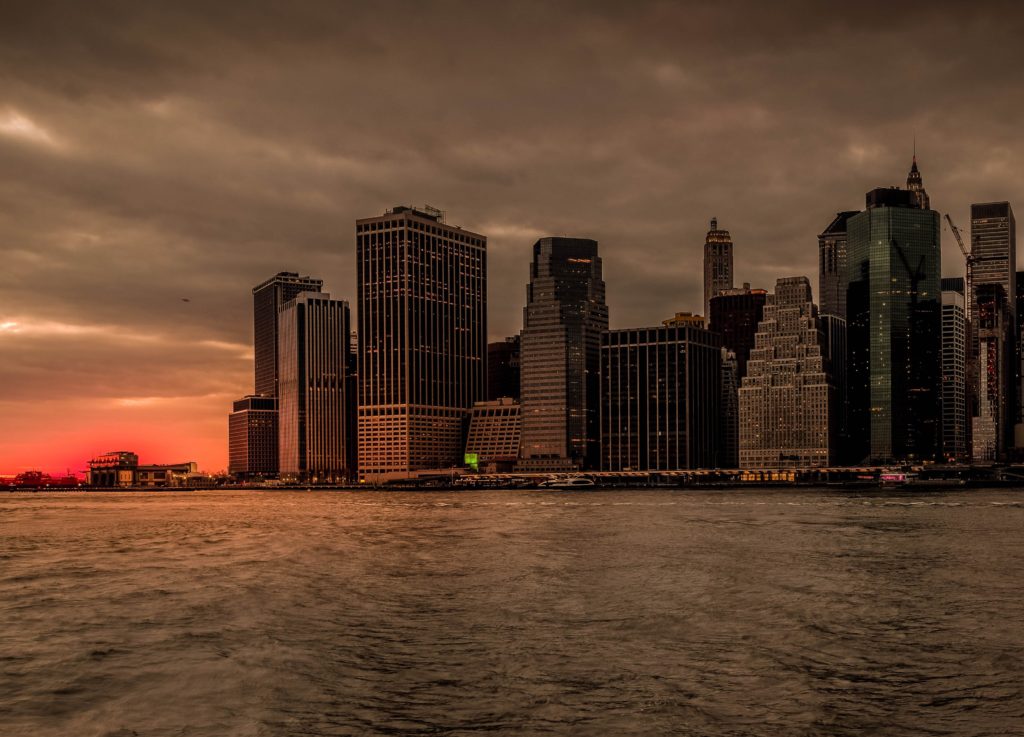 What is it?
What is it?
Legionnaires’ disease is form of pneumonia spread by infected water vapor and can often be fatal. There have been reports of it in New York City, recently afflicting 27 people and killing one.
Government and health officials have warned residents in certain areas to be alert for signs of the disease, which presents with nausea, fatigue, fever, chills, coughing, head and muscle aches, confusion, chest pain, and shortness of breath.
A brief history.
The bacteria Legionella pneumophila, the cause of Legionnaire’s disease, was first discovered and named in 1976 when more than 200 American Legion members fell ill during a convention in Philadelphia. The outbreak made national headlines, resulting in cover stories in both Time and Newsweek.
It was finally discovered that the hotel’s air conditioning system had spread the deadly bacteria. By that time, 221 Legionnaires had been stricken and 34 had died. Discovering the cause of Legionnaires’ disease was significant because it solved mysterious pneumonia outbreaks of the past, such as 1968’s Pontiac Fever and 1957’s outbreak at a Minnesota meat-packing plant.
How can you contract Legionnaires’ disease?
While Legionella is found naturally in freshwater environments, like lakes and streams, when it grows in human-made water systems, like hot tubs, building heating and cooling systems, water fountains, humidifiers, evaporative coolers, medical respiratory devices, even the misting devices grocery stores use on produce, it can be a health concern, according to the Centers for Disease Control and Prevention.
Legionnaires’ disease liability claims are complicated, as they require significant scientific investigation and documentation.
Pinpointing the source.
If you have Legionnaires’ disease, many parties may be responsible. First, a property’s owner, operator, and/or manager can be held liable in a premises liability claim. Second, if the property’s water systems were found to be faulty or defective and resulted in the growth or dissemination of Legionella bacteria, the party or parties involved in the design, development, engineering, construction, manufacture, installation, maintenance, and/or repair could be to blame.
Proving liability.
In order to have a successful premises liability, product liability, or wrongful death claim after a case of Legionnaires’ disease, you will need to prove the following:
- The victim was exposed to Legionella
- The victim was exposed at a particular location.
- The exposure resulted in the victim contracting Legionnaires’ disease.
- The exposure was the result of negligence on behalf of any liable parties.
If you or a loved one falls ill with Legionnaires’ disease, you’ll need an experienced New York Legionnaires’ disease lawyer. Our attorneys at Wingate, Russotti, Shapiro, Moses & Halperin, LLP, have been practicing personal injury and wrongful death law for over 50 years, and we will put our extensive experience to work on your claim. Call (212) 986-7353 for a free case evaluation today.